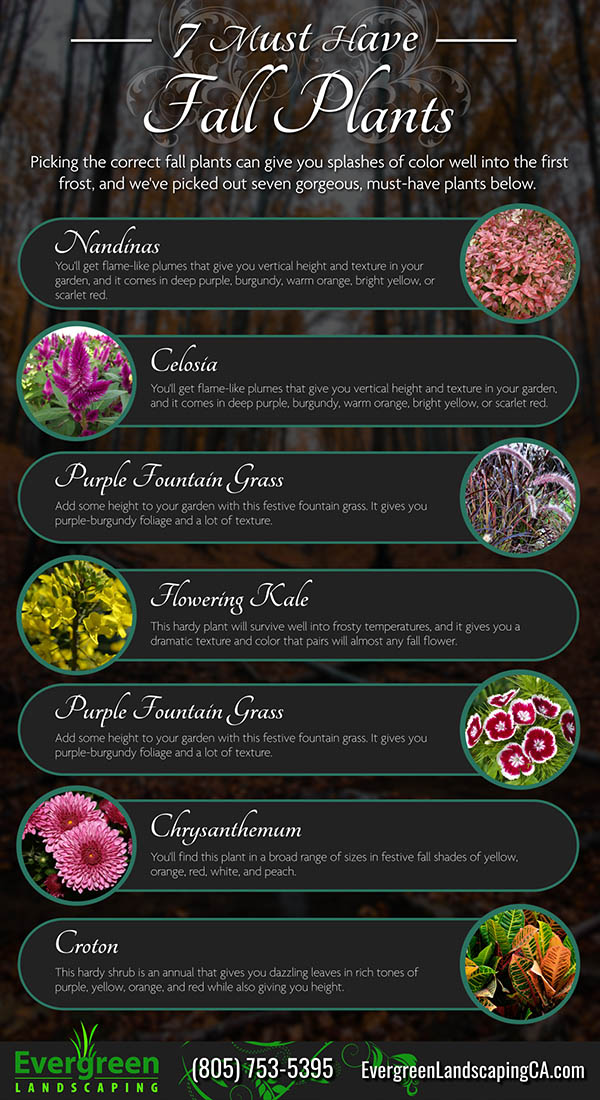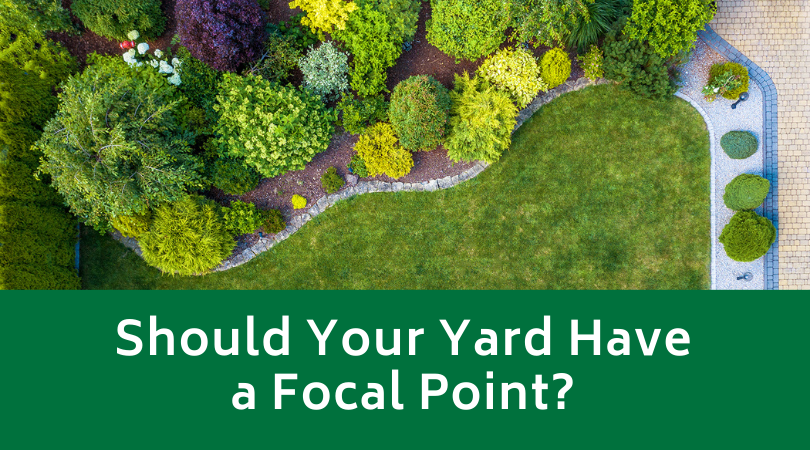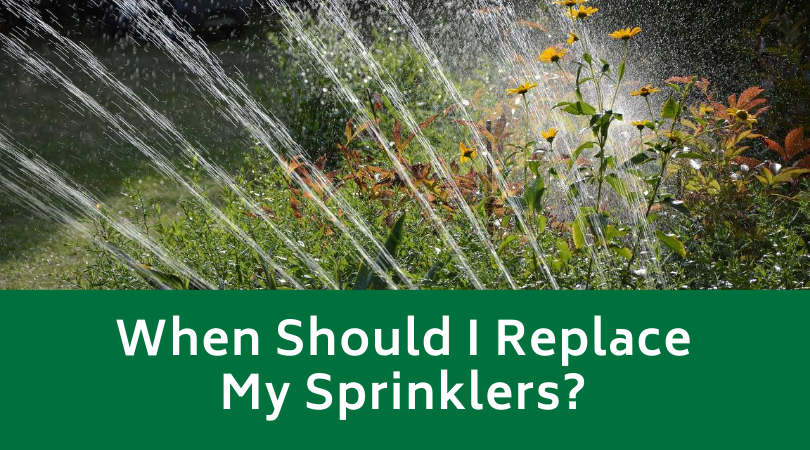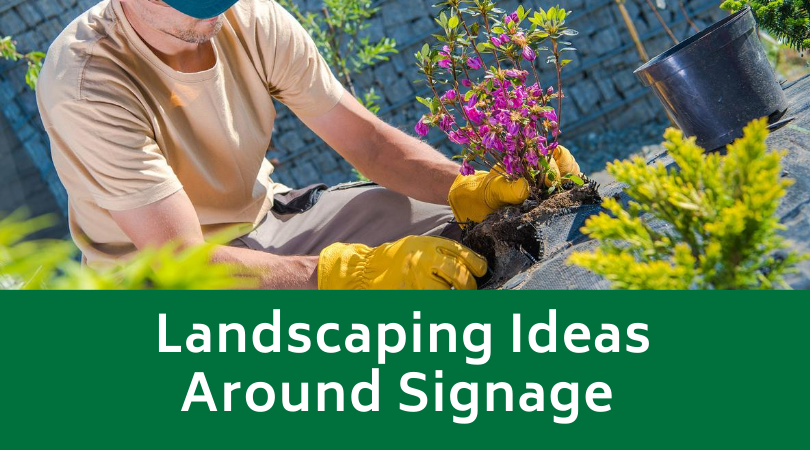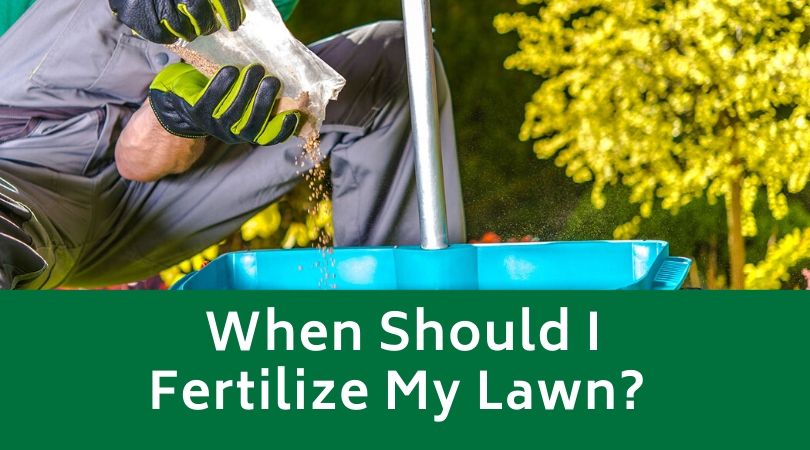How to Winterize Your Garden in the Colder Months
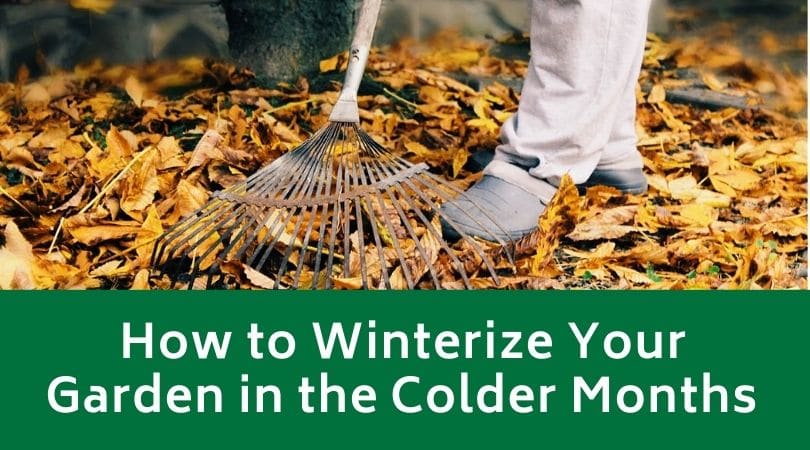
Your work as a gardener is never done, and this is especially true in the fall months heading into winter. You’ve spent a lot of time, blood, sweat, and tears on your garden to make it what it is, and winterizing is one way to protect your investment. We’ll outline several easy tips you can use to winterize your garden below.
Tip One – Clear Out Weeds and Debris
This isn’t a fun job, but you want to take time and pull the weeds from around your plants. Clean out any dead or drying debris at the same time. These dead and dying debris or weeds are breeding grounds for pests that can survive through the winter and wreak havoc on your plants in the spring. It also gives a place for bacteria and fungi to grow. You can pull the roots out whole because they’re mature, and this reduces the strain on your body as well as your frustration levels.
Tip Two – Plant Any Bulbs
Fall is the time to plant your bulbs so they have the entire winter to rest and get ready to bloom in the spring. You’ll have to dig several inches down into the soil to plant your bulbs, so the winter cold doesn’t kill or injure them. But, it’s well worth it in the spring when you get a strong crop of vegetables or pretty flowers.
Tip Three – Put a Covering on Your Shrubs, Rosebushes, and Trees
If you’re trying to establish new shrubs, rosebushes, or trees, you’ll want to wrap them in a jacket for the winter months to help shield them from the cold and snow. If you don’t want to buy a jacket, you can easily make on out of burlap or landscape fabric that protects the plant’s bark and the delicate branch systems.
Tip Four – Add a Layer of Mulch
Mulch is a great way to retain water and soil moisture during the summer, and it looks nice. However, it also works well in the winter months to help retain a little more heat and lock the cold out. It will deter weed growth in the spring, and it’ll slowly start to break down and add organic matter to the soil to feed your plants when they enter the active growing season again. The mulch should go right up to the plants to protect the roots and stems because these are the most vulnerable parts of the plant.
Tip Five – Dig up Vulnerable Plants
Anyone who grows more tender plants like Elephant Ears, Dahlias, Cannas, or who has more sensitive bulbs should dig them up in the fall. When the warmer weather starts to come back around, you can replant them and enjoy them for another year. If you have Begonias or other annuals, you can move them indoors. Leaving these sensitive plants outside during the colder months is one good way to ensure that you’ll lose them, and it’s almost impossible to bring your plants back from frost damage.
Contact Evergreen Landscaping Today
If you’re not sure how to get your yard or garden ready for the winter, contact us. Our dedicated team is ready and willing to answer any questions you have, address your concerns, or schedule an appointment to come help you winterize your space.



